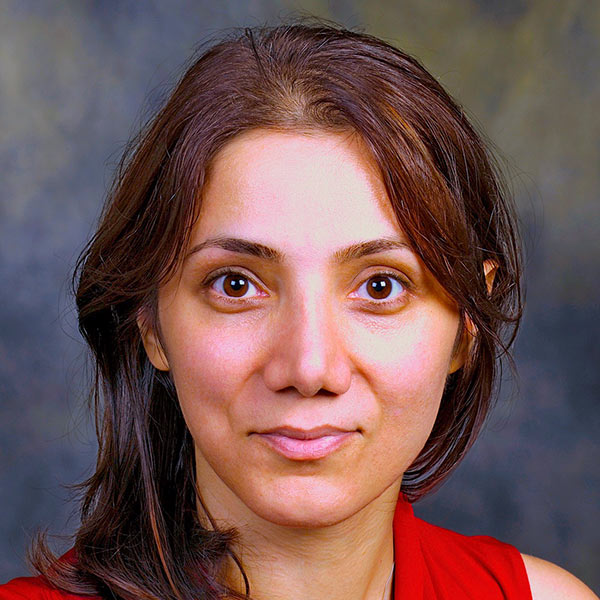In recent years, non-Hermitian degeneracies, also known as exceptional points (EPs), have emerged as a new paradigm for engineering the response of optical systems.
At such points, an N-dimensional system can be represented by a single eigenmode. As a result, these points are associated with abrupt phase transitions in parameter space. Among many different non-conservative photonic configurations, parity-time (PT) symmetric systems are of particular interest since they provide a powerful platform for systematically exploring the physics and consequently utilizing the exceptional points.

In this talk, Professor Mercedeh Khajavikhan of the University of Southern California will review some of her team’s recent works in the area of non-Hermitian active photonics. For example, in a series of papers, they have demonstrated how the generation and judicial incorporation of these points in laser systems can result in unexpected dynamics, unusual linewidth behavior, and improved modal response. On the other hand, biasing a photonic system at an exceptional point can lead to orders of magnitude enhancement in sensitivity- an effect that can enable a new generation of ultrasensitive optical sensors onchip. Non-Hermiticity can also be used as a means to promote an edge mode in photonic topological insulator lattices.
Their most recent result on using non-Hermiticity to engineer interaction dynamics in optical lattices will be presented along with its applications in designing a new class of fully reconfigurable lasers as well as implementing novel topological models.
Professor Mercedeh Khajavikhan is an Associate Professor and IBM Early Career Chair at the Electrical Engineering Department of the University of Southern California. She received her Ph.D. in Electrical Engineering from the University of Minnesota in 2009. Subsequently, she joined the University of California in San Diego as a postdoctoral researcher, where she worked on the design and development of nanolasers, plasmonic devices, and silicon photonics components. In August 2012, she started her career as an Assistant Professor in the College of Optics and Photonics (CREOL) at the University of Central Florida (UCF), working primarily on novel phenomena in active photonic systems. She moved to USC in August 2019. She is the recipient of the NSF Early CAREER Award in 2015, the ONR Young Investigator Award in 2016, the DARPA Young Faculty Award in 2018, and DARPA Director’s Fellowship in 2020. She is an OSA fellow.
Contact Michele Tharp for Zoom link.